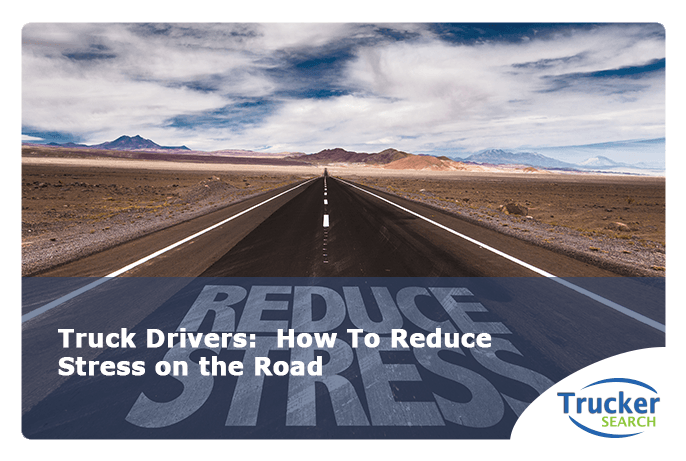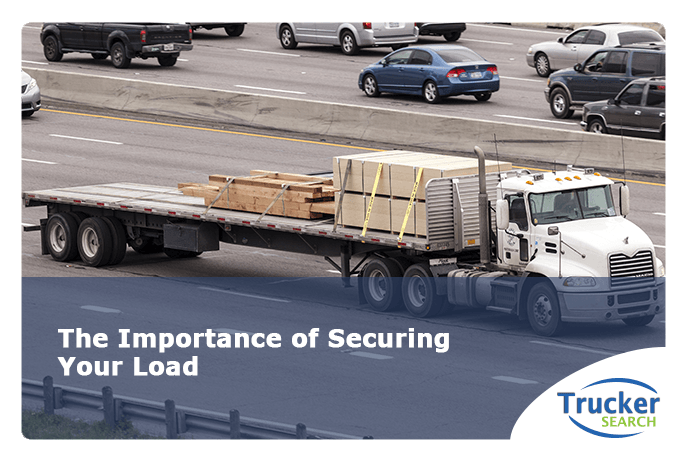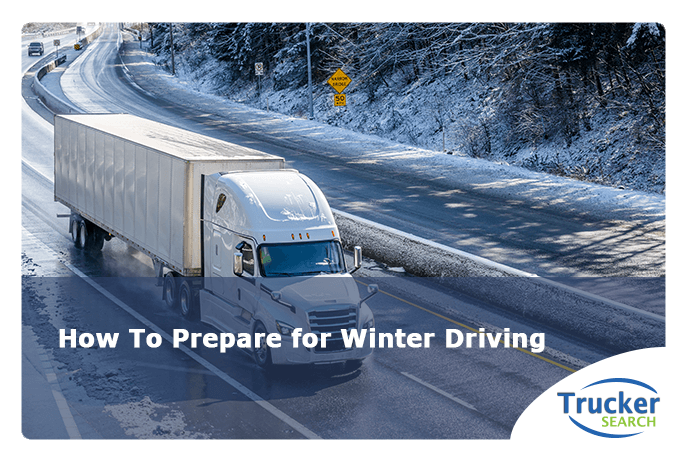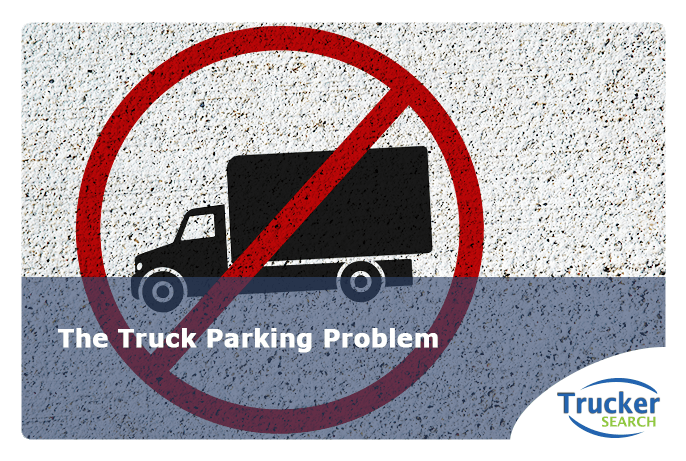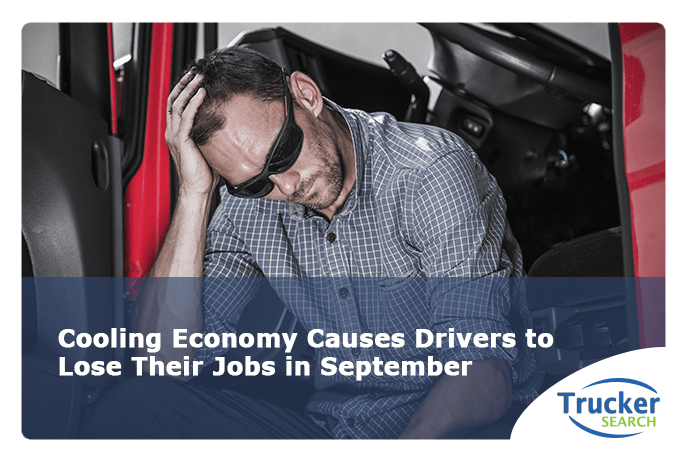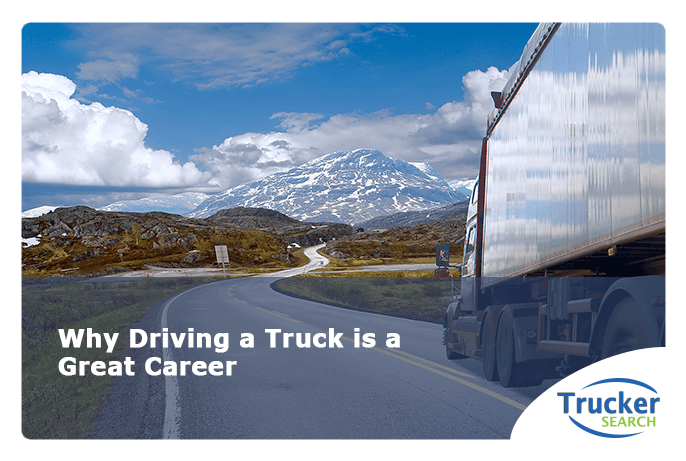Traffic, deadlines, bad weather conditions, erratic, unpredictable drivers…life on the open road may sound like a dream to some people but in reality, it can be extremely stressful. Poor diet options and a sedentary job only add to the stress of driving. If you’re feeling stressed in your job driving a truck, there are some things you can do to reduce that stress and be more relaxed behind the wheel.
- Eat healthy foods. With all of the high-fat, high-sodium, high-calorie fast-food restaurants that line the highways, making healthy food choices can be a challenge. Try packing healthy snacks from home. Opt for salads from fast food restaurants (they usually have them) or if you don’t have a healthy option, cut your portion size in half and drink water with it instead of soda. Never supersize!
- Exercise. When you’re under a deadline, fitting in time to exercise can be difficult but try to get out of your truck and go for a short walk whenever you can. Stretching is also a good way to release stress.
- Be with your family. Even if you can’t be there physically, Skype with them or talk on the phone and take the time to listen to what’s going on in their lives. When you do have time at home, be present for your family.
- Occupy your mind. While you’re driving, listen to your favorite music or a podcast about something that interests you. It’ll help you forget about the traffic for a while and make the time fly.
- Get enough good sleep. It can be difficult to find a quiet spot to park your truck and sleep at truck stops and rest areas. Trucks are loud and if you or someone around you is driving a reefer, the truck will run all night. Earplugs or a white noise machine may help. Getting at least 8 hours of sleep each night, at home or on the road, helps keep you alert on the road, healthy, and reduces stress.
- Meditate. Mediation can be done anywhere and at any time (except while driving!). Simply sit comfortably and close your eyes. Focus on your breathing and try to push all thoughts out of your mind. If you prefer to keep your eyes open, pick an object and focus on that. Meditation calms the mind and lowers anxiety and stress levels.
- Take time for yourself. When you’re at home, take time to do something you enjoy. Your time on the road isn’t for you?it’s for your employer and your family. While you’re at home, you’ll want to spend time with your family but taking time for yourself is important too.
If you’re looking to start a career behind the wheel of a big rig, Trucker Search can help. Connecting truck drivers and employers is what we do. It’s quick, it’s easy, and it can get you that dream job on the open road. Get started today at TruckerSearch.com or call us at (888)254-3712.

